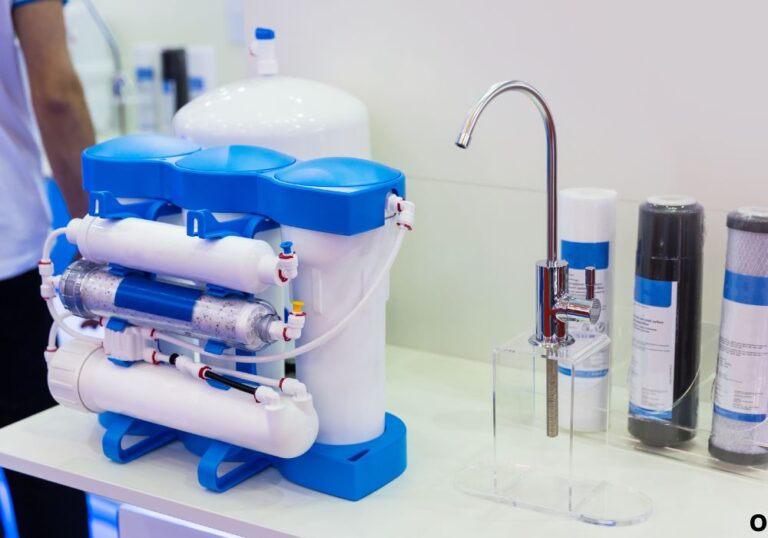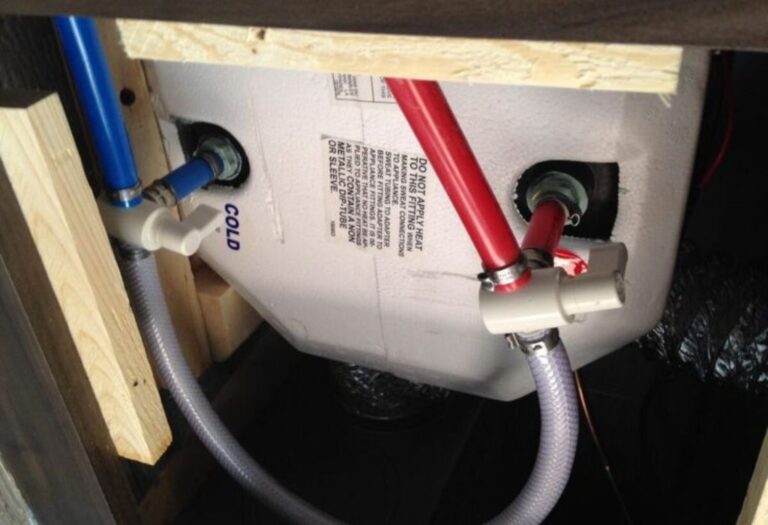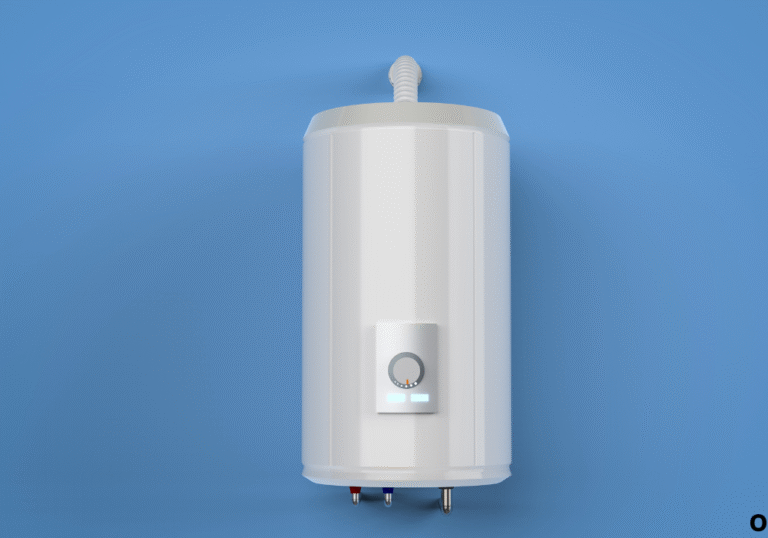What Size Socket for RV Water Heater Anode Rod?
Travelling in an RV and discovering your hot-water heater has failed can turn what should be a relaxing getaway into a costly repair stop. Finding the correct socket size for the anode rod may appear trivial, yet this simple mismatch can lead to stripped fittings, damaged tanks, or premature failure of the heater.
Technicians report that the typical socket sizes for RV water heater anode rods are ⅞″, 15⁄16″ or 1-1⁄16″. Improper tool choice accounts for many of the heating-tank leak repairs seen in RV service centres.
The anode rod’s role is to protect the tank from corrosion, and if it cannot be removed or replaced correctly due to a wrong socket size, the whole system’s longevity is jeopardised. Regular maintenance of the anode rod can add years to your water heater’s life and save hundreds in repair costs.
This article explains exactly what socket size you need for your RV water heater anode rod, why the size matters, how to identify the right one for your model, and step-by-step best practices for safe removal and installation. By the end you’ll be equipped to choose the correct socket and avoid common maintenance mistakes.
Understanding the Anode Rod in an RV Water Heater

The anode rod is the unsung hero of your RV water heater, designed to corrode so that your tank doesn’t. Made from soft metals such as magnesium, aluminum, or zinc-alloy, it sacrifices itself to prevent rust from attacking the steel walls of the tank.
When hot water reacts with oxygen and minerals, electrochemical corrosion begins inside the tank. The anode rod attracts these corrosive elements, protecting the interior lining and significantly extending heater life.
Without a functioning anode rod, rust can eat through the tank walls within a few seasons, leading to leaks or total heater failure. That’s why replacing or inspecting this small metal rod once or twice a year is crucial for dependable RV hot water performance.
Regular maintenance not only saves the cost of a new heater but also ensures clean, odor-free water on every trip. A neglected or worn-out anode can cause sulfur smells, sediment buildup, or heating inefficiency that most travelers mistakenly attribute to the element or thermostat.
What exactly does the anode rod do in an RV water heater?
It acts as a sacrificial metal that draws corrosion away from the tank walls, preventing rust and extending heater life.
Are all RV water heaters equipped with an anode rod?
Most Suburban-brand heaters use anode rods, while many Atwood models rely on aluminum tanks that don’t require one.
How often should the anode rod be checked or replaced?
Inspect it every 6–12 months and replace when 75 % or more of the rod material has worn away.
Can a missing or worn-out anode rod cause leaks?
Yes, once it’s fully consumed, corrosion begins attacking the steel tank directly, leading to small leaks that quickly worsen.
What type of metal anode lasts the longest in an RV?
Magnesium offers strong protection but dissolves faster in hard water; aluminum or hybrid zinc-aluminum rods typically last longer.
Why the Right Socket Size Matters for the RV Water Heater Anode Rod
The socket used to remove or install the anode rod plays a critical role in maintenance. Using the wrong size can round off the hex head, jam the socket, or even crack the water-heater threads.
Each water-heater manufacturer designs the anode plug to specific tolerances, so a socket that’s too loose will slip, while one that’s too tight can seize on removal. A correct fit ensures steady torque and prevents damage during replacement.
Because corrosion often locks the rod in place, a snug-fitting socket distributes pressure evenly and avoids unnecessary force. Choosing the right size isn’t only about convenience; it’s about protecting the heater from costly mechanical failure.
What happens if the socket is too large or too small?
A loose socket rounds the corners of the hex head, while a tight one risks cracking the fitting or getting stuck.
Can using the wrong socket size damage the heater?
Yes, it can strip the anode plug and cause cross-threading, which may lead to leaks once the heater is pressurised.
Does brand or model affect socket choice?
Absolutely; Suburban heaters usually take 1-1/16 inch sockets, while Atwood and Dometic models vary between ⅞″ and 15⁄16″.
Is a thin-wall socket ever required?
In compact water-heater compartments, a thin-wall or deep socket helps clear tight spaces without scratching the housing.
How much torque should be applied when tightening?
About 7–10 foot-pounds is sufficient — enough to seal the threads without deforming them.
Common Socket Sizes for RV Water Heater Anode Rods
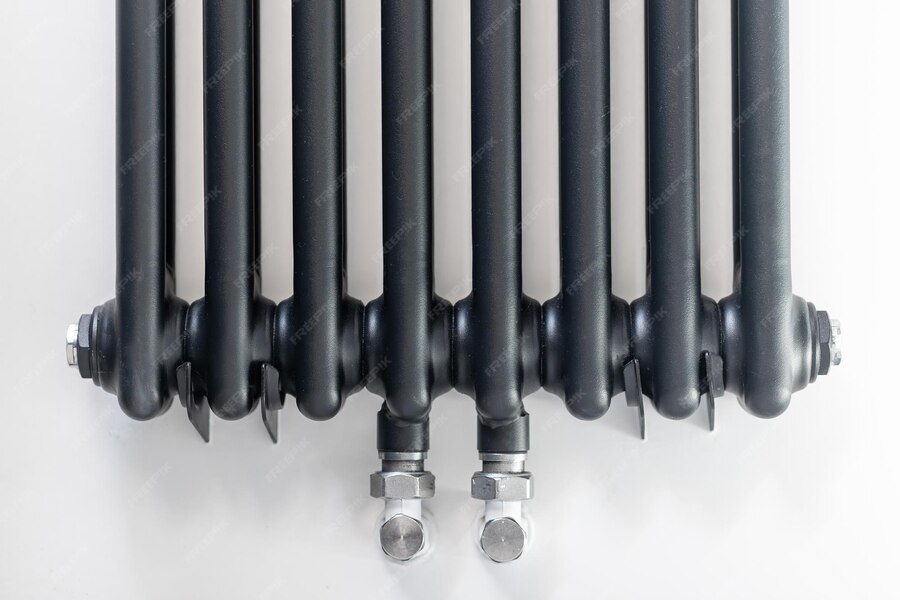
RV owners often discover that a 1-1/16 inch socket fits most anode rods. This standard size is used widely because the plug hex aligns with standard pipe-thread fittings.
However, not all RVs follow this rule. Some newer lightweight heaters use smaller anode plugs ranging from ⅞″ to 15⁄16″. Always confirm before buying tools or attempting maintenance.
Keep both metric and SAE sockets on hand, as imported heaters may use 27 mm equivalents. An adjustable wrench can work temporarily but risks damaging soft aluminum fittings.
What is the most common socket size?
The 1-1/16 inch socket fits most Suburban RV water heaters on the market.
What other sizes might be needed?
Occasionally ⅞″ or 15⁄16″ sockets are used on smaller or older models.
How can I confirm my size?
Check your heater manual or measure the hex head with calipers before purchase.
Does thread size affect socket size?
Not directly; thread size refers to the diameter of the screw, while socket size matches the hex head.
Should I use metric or imperial sockets?
Use imperial sizes unless the manufacturer specifies otherwise — 27 mm is closest to 1-1/16 inch.
Step-by-Step Guide: Measuring and Using the Right Socket
Before beginning, shut off water pressure and disconnect power or propane supply. Allow the heater to cool completely to avoid burns.
Use a breaker bar and a six-point deep socket for maximum grip. A six-point socket grips the flats of the hex head rather than the corners, reducing wear.
If the anode rod feels stuck, apply penetrating oil and wait a few minutes before applying torque. Avoid hammering the wrench; that can crack fittings or deform the socket.
How do you measure socket size accurately?
Measure the distance across opposite flats of the hex head using calipers or a ruler.
What tools should be ready?
Breaker bar, deep six-point 1-1/16 inch socket, Teflon tape, and new anode rod.
What safety steps matter most?
Turn off water pressure and let the tank cool; never loosen an anode rod on a pressurised heater.
How tight should the new rod be installed?
Tighten until snug, roughly 7–10 foot-pounds, then seal with Teflon tape.
What if the socket doesn’t fit or the rod is stuck?
Use a penetrating lubricant, switch to a thin-wall socket, or seek professional assistance to avoid thread damage.
Maintenance Tips and Troubleshooting
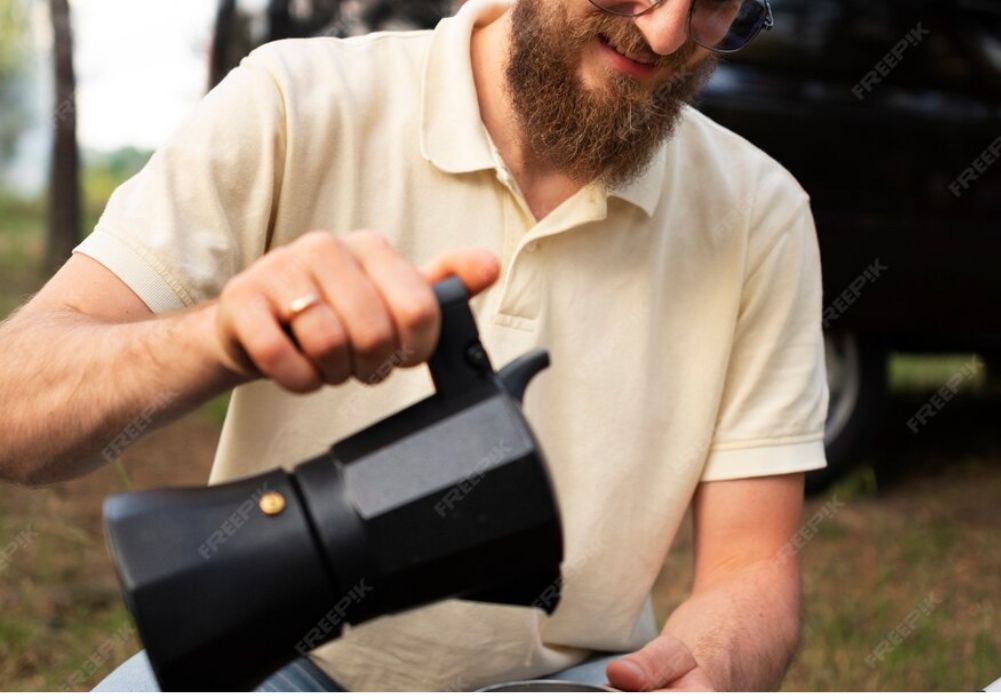
Routine maintenance keeps the RV water heater efficient and prevents expensive corrosion. Experts recommend draining and flushing the tank once or twice a year, especially before long trips.
When draining, always inspect the anode rod’s surface. If more than 75 % of its diameter is gone or the core steel wire is visible, replace it immediately.
A fresh anode rod helps prevent foul odors, which often come from sulfur-reducing bacteria reacting with old magnesium rods. For persistent odor problems, try switching to an aluminum-zinc alloy rod.
How often should the rod be checked?
Every 6–12 months, depending on water quality and usage.
What causes rods to deteriorate faster?
Hard water, high-temperature operation, and neglecting flushes accelerate corrosion.
Can the wrong socket size cause future issues?
Yes, a poorly fitting socket may deform the plug, making future maintenance more difficult.
How can I remove a rod that’s seized in place?
Soak threads with a penetrating oil and gently apply torque with a breaker bar to avoid shearing.
Can upgrading to powered anode rods help?
Yes, powered anodes use electric current instead of metal consumption, providing long-term protection with less maintenance.
Summary and Final Recommendations
Choosing the correct socket size for your RV water heater anode rod saves both time and costly damage. The 1-1/16 inch socket suits most Suburban heaters, while a 15⁄16 inch or ⅞″ fits others — but always verify before applying force.
Regularly inspecting and replacing the anode rod every season ensures your RV water heater lasts years longer. Correct socket choice guarantees smooth removal and a watertight fit after replacement.
What is the main takeaway about socket size?
Use a 1-1/16 inch deep six-point socket for most models, but confirm your heater’s specification first.
Where can you find the correct size for your RV?
Check the owner’s manual or the heater manufacturer’s specifications for exact dimensions.
What should you do if you’re unsure?
Bring the old anode plug to a hardware store and test-fit sockets before purchasing.
Are professional services worth it?
Yes, for stuck rods or thread repair, a professional can prevent damage and reseal safely.
How much money can proper maintenance save?
Replacing an anode rod costs under $20, while a new RV water heater can exceed $600.
I’m David R. Coleman, the founder, lead writer, and lifelong tool enthusiast behind GarageToolPro.com. With years of experience in automotive repair, woodworking, and home DIY projects, I created this platform to share practical tips, detailed tool reviews, and step-by-step guides that help mechanics, hobbyists, and homeowners get the job done right the first time.


